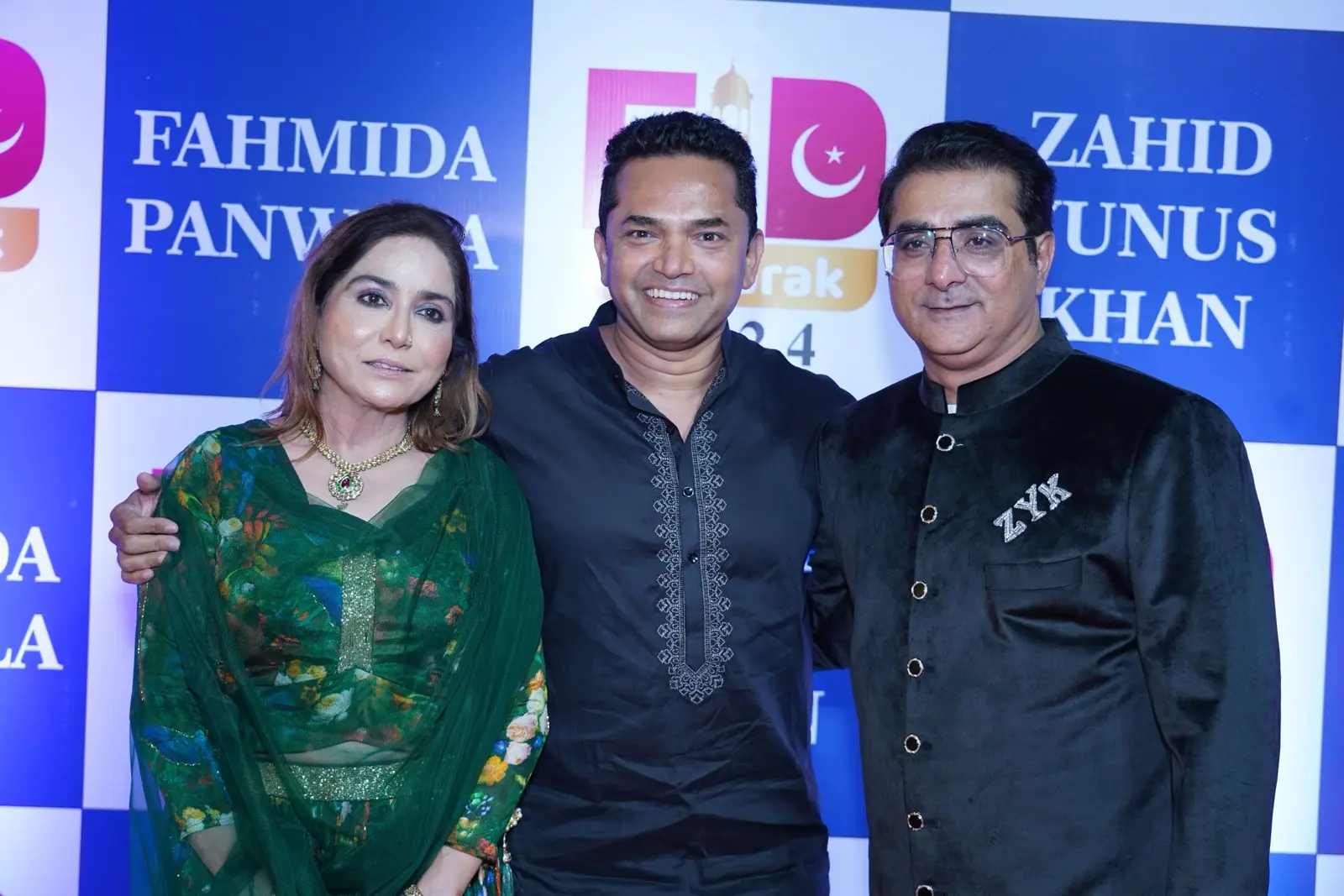AI Unpacks Generational Stereotypes, Highlighting Key Differences

Bengaluru, 30th September 2024 – In a rapidly evolving world where generational identities are shaped by culture and technology, new research has explored how generative AI models perceive Baby Boomers, Gen X, Millennials, and Gen Z. While these images may reflect some global stereotypes, there are also a few surprises along the way.
A joint research project conducted by AIport and Turing Post last month analyzed over 1200 AI-generated images across four different models—Stable Diffusion, Midjourney, YandexART, and ERNIE-ViLG. The findings revealed that, while some stereotypes persist, the AI-generated images for each generation have offered fascinating insights that are both relatable to an Indian audience and globally significant.
Boomers: A Reflection of Melancholy?
Traditionally, Boomers have been associated with conservative values and nostalgia for simpler times. This often translates into depictions of introspective and even melancholic individuals in AI-generated images. Midjourney, for instance, portrays Boomers as somber and reflective, with nearly 80% of its generated images showing Boomers looking pensive, bundled up, and wistfully gazing into the distance. This unexpected representation contrasts with the image of a content, retired generation.
Interestingly, the ERNIE-ViLG model, likely influenced by different cultural datasets, presented a more positive take, with over 90% of Boomers appearing to be smiling. This stark difference highlights how AI training datasets influence how generational identities are constructed visually.
Zoomers and Millennials: Diverse and Expressive
When it comes to Gen Z and Millennials, the AI models presented these generations as more colorful, diverse, and expressive. Zoomers, known for embracing individuality and inclusivity, were shown in dynamic, highly detailed scenarios emphasizing cultural diversity. This aligns with India’s younger generation, which is globally connected and values representation and identity.
While the typical stereotypes of job-hopping Millennials or avocado toast enthusiasts might not fully apply to Indian Millennials, the research shows a wider acceptance of diversity and fluidity across all the AI models. This points to an interesting convergence of cultural identity, where Indian Millennials and Gen Z are part of a larger, global narrative.
Beer as a Surprising Common Thread
One of the most unexpected insights from the study is the consistent presence of beer across all generations. Despite cultural differences and lifestyle variations, AI models generated images showing beer as a common element for Boomers, Millennials, Gen X, and Gen Z. This shared depiction suggests that some habits transcend both age and cultural boundaries, even if they don’t fully align with Indian consumption patterns.
Prompt Engineering and AI’s Societal Reflection
Neutral prompts like “a Millennial at work” or “a Boomer relaxing” were used to avoid introducing bias in the AI models. The resulting images give us a glimpse into how generative AI mirrors societal expectations—often shaped by the datasets and cultural nuances the models have been trained on. The stark contrasts in portrayals, such as the differences in Boomers’ expressions, reflect how AI is influenced by regional and cultural data.
“These images offer a new lens through which to explore how AI interprets generational identity,” says Hon. Lisa Sparks, Ph.D., Founding Dean, School of Communication, McGaw Endowed Professor in Behavioral Sciences, Chapman University. “For an Indian audience, this opens up discussions about how global AI models understand cultural identity and the extent to which their interpretations reflect our values or biases.”
About the Study
The study examined the outputs of four globally recognized generative AI models, each with distinct aesthetic and cultural nuances, providing a comprehensive look at how each generation is portrayed visually. The selected models included Stable Diffusion, Midjourney, YandexART, and ERNIE-ViLG, offering diverse perspectives from different regions across the globe.
Conclusion
AI-generated images provide a fascinating window into how technology interprets generational differences, both globally and locally. While familiar stereotypes emerge, such as reflective Boomers and vibrant Zoomers, there is also a shared fondness for beer—a surprising insight into the cross-generational connection in AI’s visual representation of the world.
To learn more about the project, visit https://www.aigenerations.tech/.



















.webp)

























